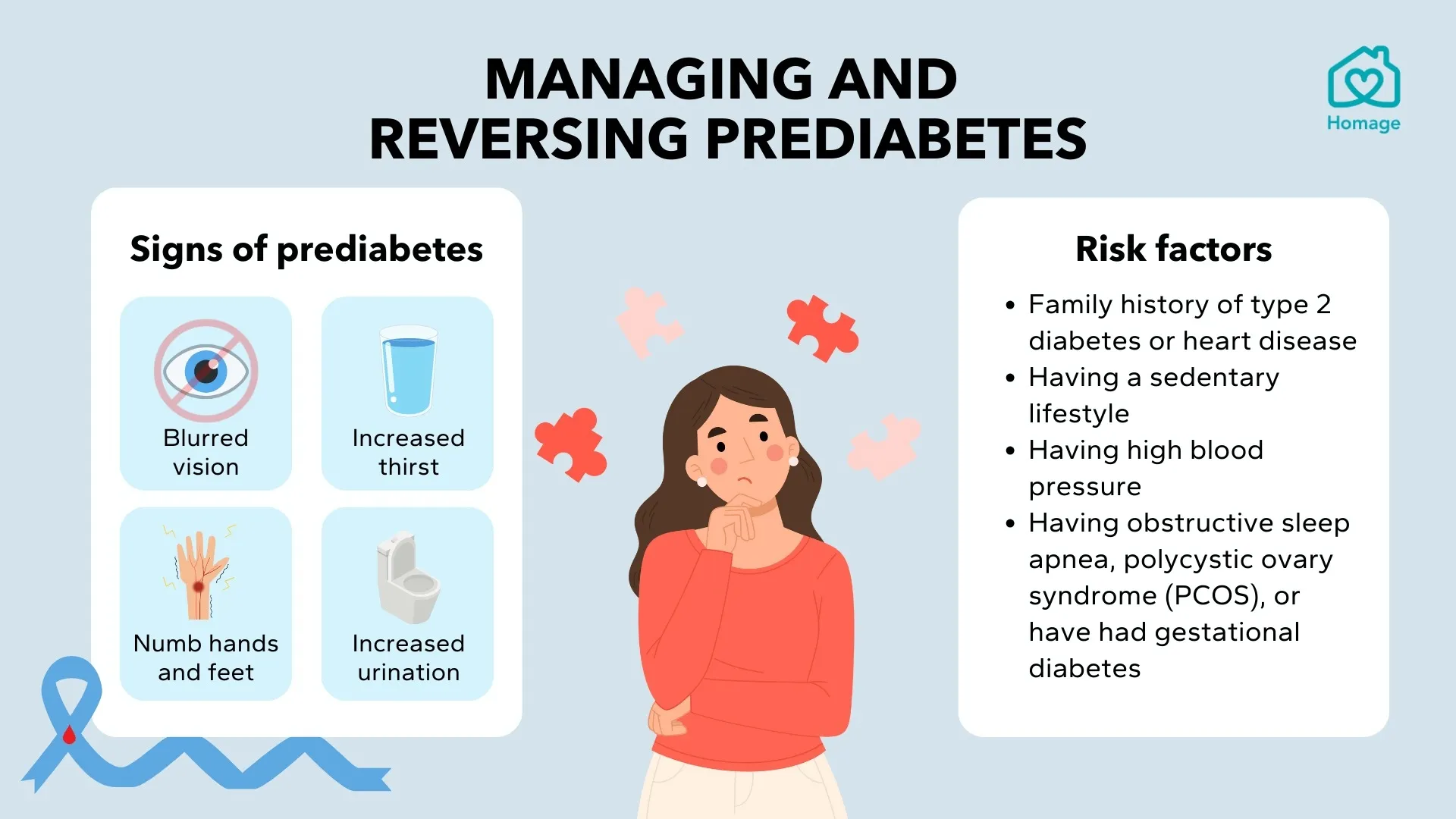More than 90 percent of the cases of diagnostic diabetes in Spain are labeled as type 2 diabetes, however, their etiopathogenic factors, their natural evolution or their complications make them different and, therefore, endocrinologists are committed to establishing phenotypes and adopting a formMore personalized to classify people with type 2 diabetes, even those that are currently considered to be in a prediabetes stage.
"In the case of type 2 diabetes, the term prediabetes is pernicious, since, among other things, it does not reflect a real situation and transfer the patient and the health professional the idea that there is still no disease, when in reality it refers toA clinical situation in which there are disorders that, in most cases, will end up provoking important clinical events, "as Dr. Fernando Gómez Peralta, vice president of the Castilian-Leonese Society of Endocrinology and Nutrition (SCLEDYN) exposed (Scledyn) exposed (Scledyn)and head of the Endocrinology and Nutrition Unit of the General Hospital of Segovia.
The expert has proposed a new DM2 staging algorithm similar to that already accepted and managed in the case of type 1 diabetes, where a pathophysiological approach and knowledge of precision medicine are taken into account.
In addition, it proposes that the opinions collected from all experts attending this forum be included in this proposal, serving as a basis for a scientific publication on which it is already working.
The proposal of algorithm for the detection and management of type 2 diabetes debated in this encounter part of the central idea of overcoming the concept of prediabetes and establishes four stages of the disease (depending on the severity and the risk of complications) and four clinical phenotypesBasic (severe insulin deficit, severe insulin resistance, mild diabetes associated with mild obesity and diabetes associated with age), setting for each of them specific objectives glycosylated hemoglobin (HBA1C) and concrete treatments.
Also assuming the fact that "there are no stagnant compartments and that the disease can evolve or even reverse," says Dr. Gómez Peralta.
Age, adiposity, insulin resistance/secretion and autoimmunity are key factors to take into account in this DM2 approach proposal.
It is about merging the advances recorded in the field of precision medicine, allowing to establish subtypes of diabetes within the 'tailor's drawer' that is currently DM2, and make a more pathological therapeutic approach that best suits the possibilities of progressionof the disease in each person.
In short, as Peralta summarizes, "we want to adapt the stage that is currently assumed for the DM1 to the DM2, which would allow us to better subclassify each case, attending to its risks and perspectives of progression, and setting the most appropriate treatment for each subfenotypeclinical".
In fact, according to this expert, "we are lucky to have enriched our therapeutic arsenal with potentimal drugs that, safely (without provoking hypoglycemia) and inducing weight losses (instead of increasing it), they are getting results compatible with the remission with the remissionof type 2 diabetes ".
In the case of type 1 diabetes, a disease with a clear autoimmune component, this forum has highlighted the important advances recorded in recent years.
As Dr. Chantal Mathieu, Professor of Endocrinology at the Gasthuisberg University Hospital in Belgium and president of the European Association for the Study of Diabetes (EASD), "drugs that are demonstrating their ability to delay progressionof this disease. "
Without a doubt, he adds, "we are at the beginning of a new era in approach to this disease: although it is not yet possible to prevent or reverse type 1 diabetes, we are getting closer to get it."


